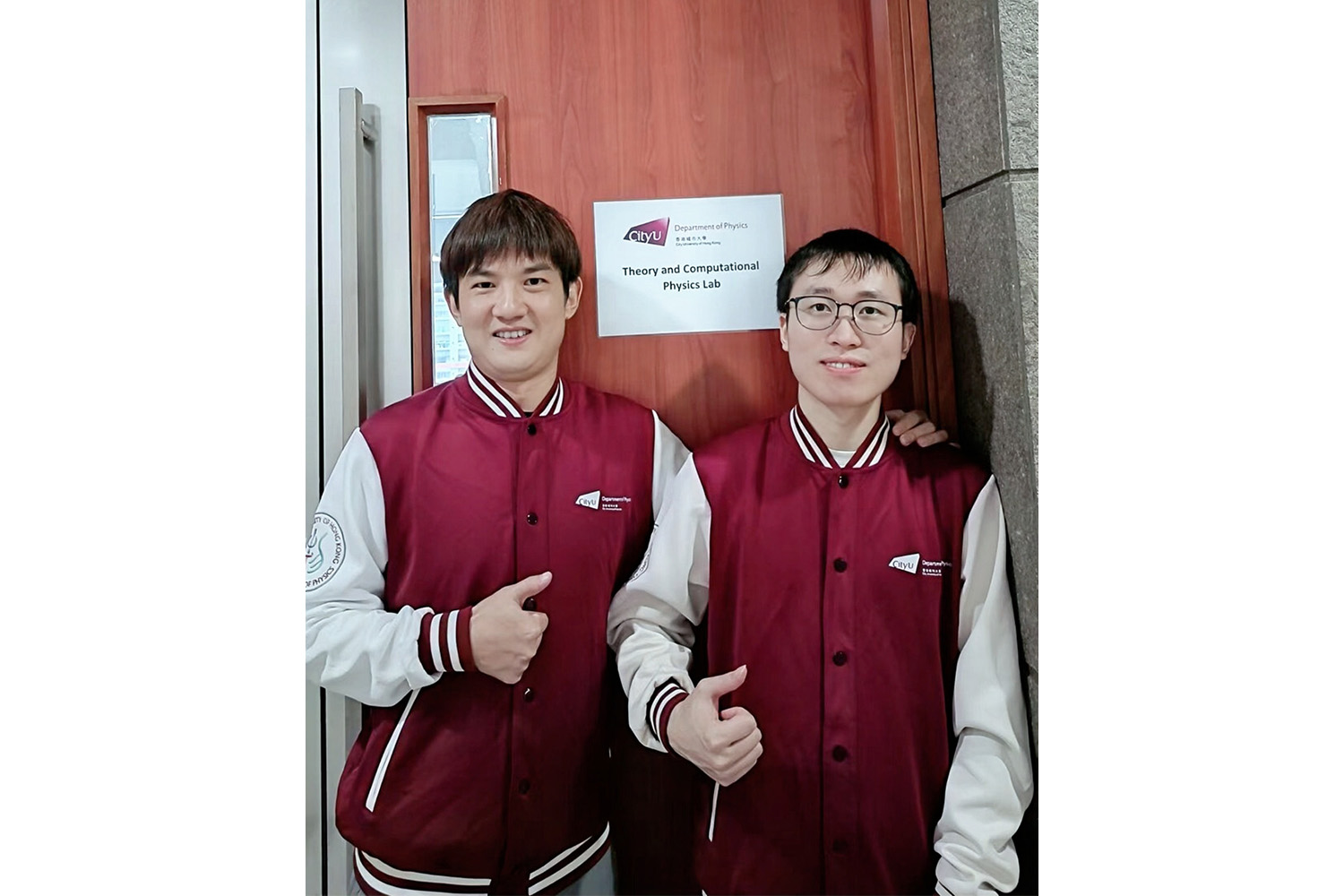Alzheimer’s disease (AD) is the most common cause of dementia in older adults. Although the cause of the disease remains elusive, age is considered to be the greatest risk factor. In 2006, almost 500 million people worldwide were 65 and older, and this number is projected to increase to 1 billion by 2030.
Aberrant tau protein aggregation in the neurons is a hallmark of AD. Overwhelming evidence implicates that clearance of pathological tau aggregates from the brain is a major therapeutic strategy for AD.
However, traditional drug development may need to target the active site of a protein of interest. Proteolysis targeting chimeric (PROTAC) technology is an effective protein degradation tool developed in recent years that can utilise the cell’s own “trash disposal” system to remove toxic protein aggregates. Binding to the target protein active site is not necessary in this process, which turns undruggable targets into druggable ones. This project will implement PROTAC technology and innovative computational modelling solutions to establish a computer-aided PROTAC drug design platform to help academic institutions and companies accelerate their PROTAC drug development processes. Our long-term goal is to design a series of PROTAC molecules targeting tau aggregates in AD patients.
Team members
Dr Xiong Wen (Virginia Tech)
Mr Chen Jialu (PhD student, Dept. of Physics, CityU)
Mr Li Xinyu (The Chinese University of Hong Kong)
Dr Luo Guoshun (China Pharmaceutical University)
* Person-in-charge
(Info based on the team's application form)
- CityU HK Tech 300 Seed Fund (2022)
